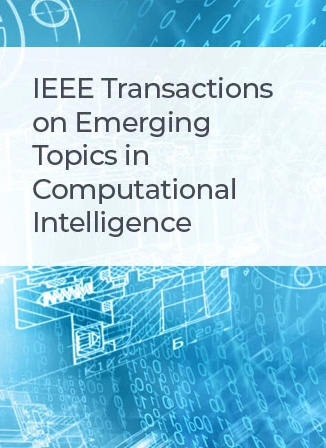Hyper-Laplacian Regularized Concept Factorization in Low-Rank Tensor Space for Multi-View Clustering
IF 5.3
3区 计算机科学
Q1 COMPUTER SCIENCE, ARTIFICIAL INTELLIGENCE
IEEE Transactions on Emerging Topics in Computational Intelligence
Pub Date : 2024-09-04
DOI:10.1109/TETCI.2024.3449920
引用次数: 0
Abstract
Tensor-oriented multi-view subspace clustering has achieved significant strides in assessing high-order correlations of multi-view data. Nevertheless, most of existing investigations are typically hampered by the two flaws: (1) Self-representation based tensor subspace learning usually induces high time and space complexity, and is limited in perceiving nonlinear local structure in the embedding space. (2) The tensor singular value decomposition model redistributes each singular value equally without considering the diverse importance among them. To well cope with the above issues, we propose a hyper-Laplacian regularized concept factorization (HLRCF) in low-rank tensor space for multi-view clustering. Specifically, HLRCF adopts the concept factorization to explore the latent cluster-wise representation of each view. Further, the hypergraph Laplacian regularization endows the model with the capability of extracting the nonlinear local structures in the latent space. Considering that different tensor singular values associate structural information with unequal importance, we develop a self-weighted tensor Schatten求助全文
约1分钟内获得全文
求助全文
来源期刊

IEEE Transactions on Emerging Topics in Computational Intelligence
Mathematics-Control and Optimization
CiteScore
10.30
自引率
7.50%
发文量
147
期刊介绍:
The IEEE Transactions on Emerging Topics in Computational Intelligence (TETCI) publishes original articles on emerging aspects of computational intelligence, including theory, applications, and surveys.
TETCI is an electronics only publication. TETCI publishes six issues per year.
Authors are encouraged to submit manuscripts in any emerging topic in computational intelligence, especially nature-inspired computing topics not covered by other IEEE Computational Intelligence Society journals. A few such illustrative examples are glial cell networks, computational neuroscience, Brain Computer Interface, ambient intelligence, non-fuzzy computing with words, artificial life, cultural learning, artificial endocrine networks, social reasoning, artificial hormone networks, computational intelligence for the IoT and Smart-X technologies.
 求助内容:
求助内容: 应助结果提醒方式:
应助结果提醒方式:


